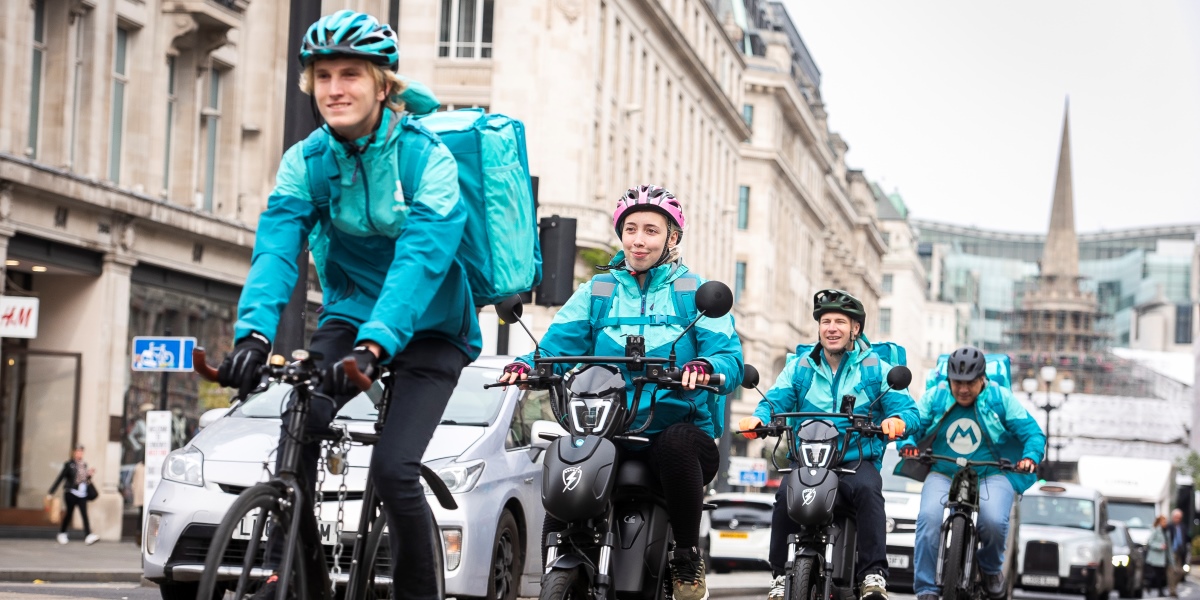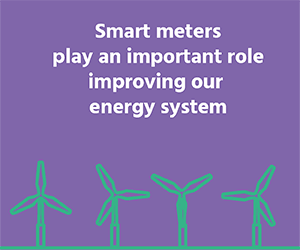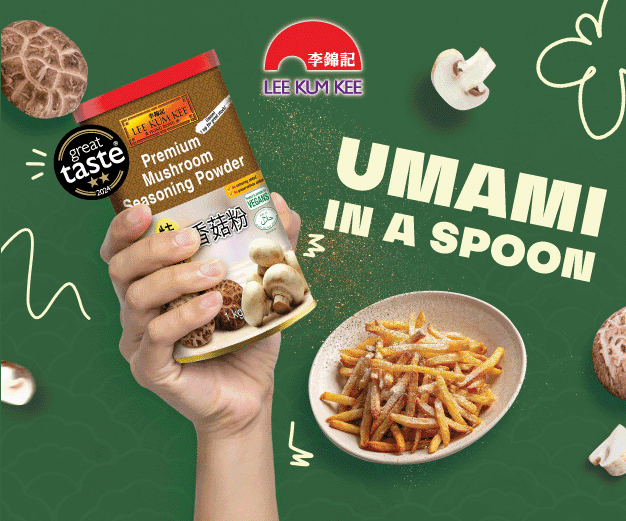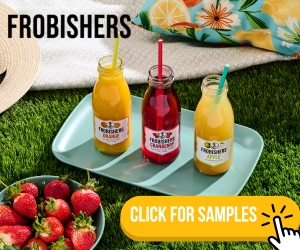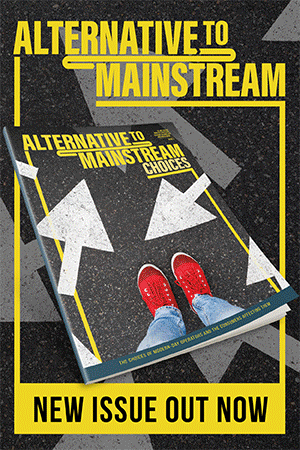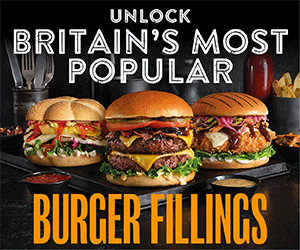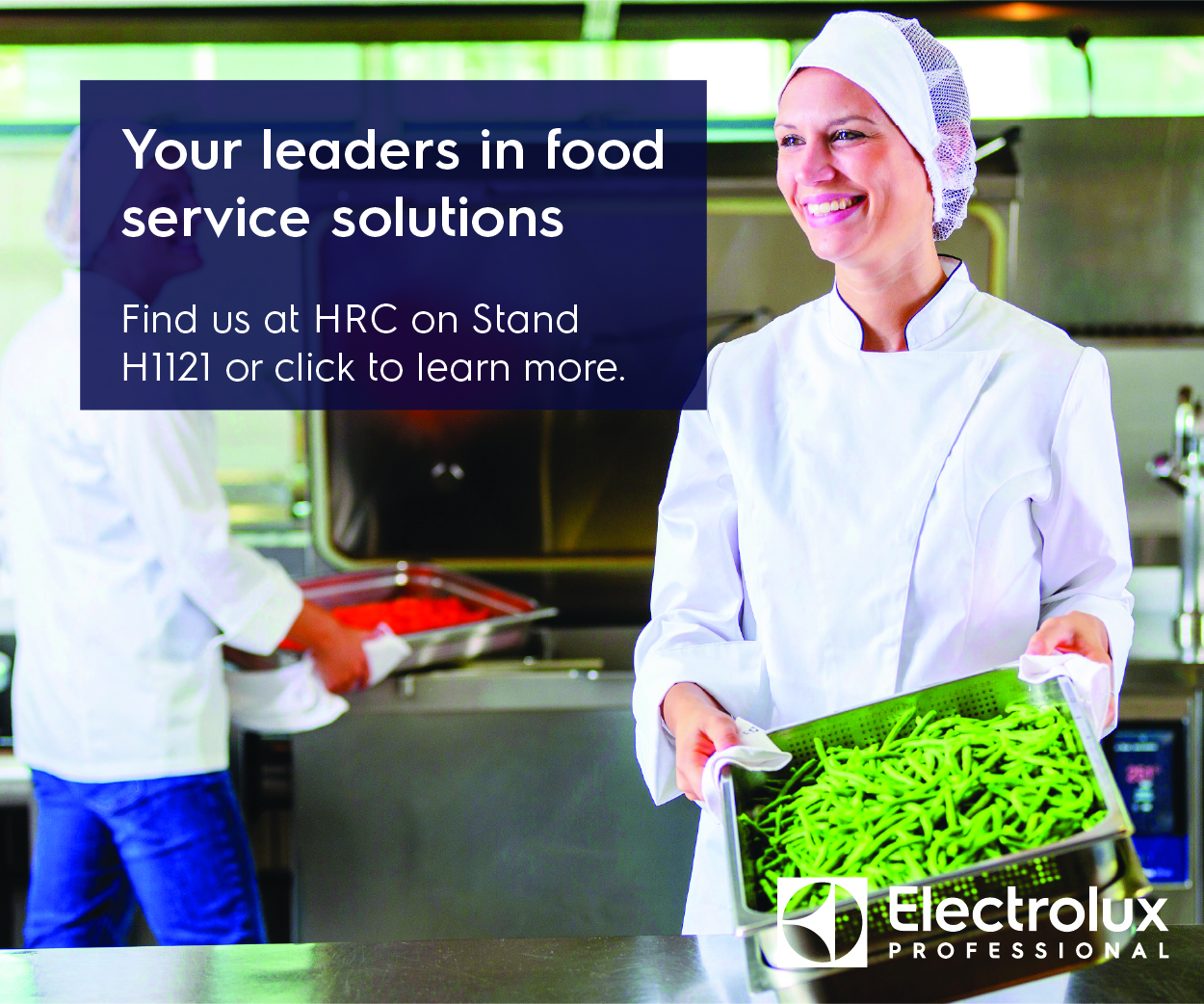Big interview: Deliveroo
In its dash for growth, Deliveroo is emulating its largest shareholder’s playbook, with more customer subscriptions and broader-based home delivery. Carlo Mocci, chief business officer for Deliveroo Europe, explains all to Jane Renton

The generation gap increasingly coalesces around older people’s belief that the young are always wasting money on restaurant meals delivered to them at home. Yet, however much they may declaim the steady decline of the high street, they too are happy to buy stuff on Amazon, whether it be books, TV shows, groceries or DIY items that are simply too difficult or time-consuming to track down on foot.
It is no coincidence that Amazon is Deliveroo’s major shareholder as the world moves increasingly online. Deliveroo alone claims to have 80% of the UK population covered, though the service offered in the big cities is inevitably more extensive than that offered in smaller towns.
On the high street
The fact remains, we have grown accustomed to instant gratification and that trend is likely to accelerate despite the cost-of-living crisis. On the face of things, that hardly bodes well for the high street, or indeed this sector, especially for the smaller independent. But not everyone agrees with that perception. “We are actually an enabler of the high street… If you look at the UK market alone and its 50 billion food occasions, there are only one billion takeaways, so we believe there is still a massive opportunity ahead of us,” declares Carlo Mocci, Deliveroo’s chief business officer for Europe, as well as its largest region and homebase, the UK.
The market, he explains, is evolving rapidly. While dark kitchens remain a feature of Britain’s larger cities, they only work where population density is sufficiently high. However, smaller towns are also embracing the rise of virtual operators, who may have high street premises. “You might have a Thai restaurant there, but they may be operating, for example, a Chinese cuisine brand from the same kitchen, which is not reflected on their main menu. We’re seeing a lot of this hybrid activity as everyone strives to leverage their assets,” Mocci explains.
Delivery platforms are a key component of such hybrid evolution. But as Mocci maintains, such business strategies can only work if operators and restaurants grow their business accordingly. “Our challenge is to always help our merchants grow their businesses. If we are not doing that then we have failed,” he asserts.
Deliveroo believes that one of the ways it can help its partners maximise sales is through its extensive database that gives real-time insights into how the market is evolving. For example, through current developments of value meal deals or through the steady rise in demand for healthy eating offers. When looking at current trends, Mocci says: “We’re seeing a number of concepts now really developing around salads and premium salads and a shift away from less healthy cuisines and we’re really focused on how we build our selection of restaurants in those.”
Their strategy appears to be working. Deliveroo, with a market capitalisation of £1.9bn and in which Amazon remains the single largest shareholder, with a 13.7% stake, announced its 2024 fourth quarter results in late January. The results saw orders and spend rise, despite falling UK consumer confidence. Orders in the UK and Ireland rose 5% to £43.1m over the three-month period and significantly, gross transaction value – made up of the total cost of customers’ baskets and delivery fees – shot up by an impressive 9% to £1.2bn.
To date, Deliveroo works with close to 186,000 outlets including restaurants and increasingly with grocery retailers and more. It operates in 10 global markets, which also include the Middle East and Asia: “We have about seven million active customers that place orders every month, which equates to about 300 million orders a year,” says Mocci.
Subscription-based success
Deliveroo’s growth is being increasingly underpinned by a relentless drive to incentivise more of its customers to take out subscriptions through various tiers of loyalty programmes. The benefits are obvious in that subscription invariably results in bigger baskets, better frequency of orders and ultimately stronger customer retention. It is a move that seems straight out of Amazon’s playbook, notably the company and shareholder where Mocci previously worked. “We don’t necessarily regard subscription as purely transactional. We see it as a way of engaging more deeply with our customers,” he asserts.
To this end, Deliveroo upgraded its loyalty programme Deliveroo Plus last May offering better value to its UK customers: Plus Gold currently costs £7.99 a month with a 10% credit on restaurant orders costing more than £30, which can be accumulated and redeemed on future orders. It also includes free delivery on eligible orders over £10; an on-time delivery promise, with members receiving a £5 credit for orders more than 15 minutes late; discounted service feees; and numerous exclusive orders and rewards.
The more premium Plus Diamond subscription was launched in the second half of 2024, currently costing £19.99 per month. It includes all the benefits of Plus Gold membership but also considerably more. “It is by invitation only and we select and offer this to our best customers. It also gives access to a very special curated selection of merchants who are not structured to serve our very large customer base,” explains Mocci.
The move to subscription is already performing with some 40% of all Deliveroo orders coming through this channel, but more is expected. “At our last capital market event we announced that we have a strategy in place that will see the majority of our orders coming through this loyalty programme,” he adds.
There is now also a joint scheme with Blue Light Card giving free delivery to essential workers covering the NHS, social care, teachers and those in military service. It is the first app to be included by Blue Light and extends round-the-clock food and grocery delivery as well as other conveniences to shift workers in those fields.
But the upturn in business is no longer just about delivered-in food from restaurants but also increasingly about home delivery of groceries and non-food items. Deliveroo’s Rapid Delivery tie-up with Wilko last October, for example, now offers shoppers on-demand delivery of more than 3,000 home and garden products in as little as 25 minutes with plans to expand from its original 10 city locations, with 50 more planned to open by the end of this year. The Deliveroo platform also includes other retailers such as Iceland, NotOnTheHighStreet and B&Q.
But this is just the beginning of what Mocci, who is also responsible for the consumer and marketing side of his business, clearly regards as a new paradigm. He says: “Our core focus is on growth… we’re spinning the flywheel faster and also helping our partners grow by ensuring that we are the very best partner for them.”


